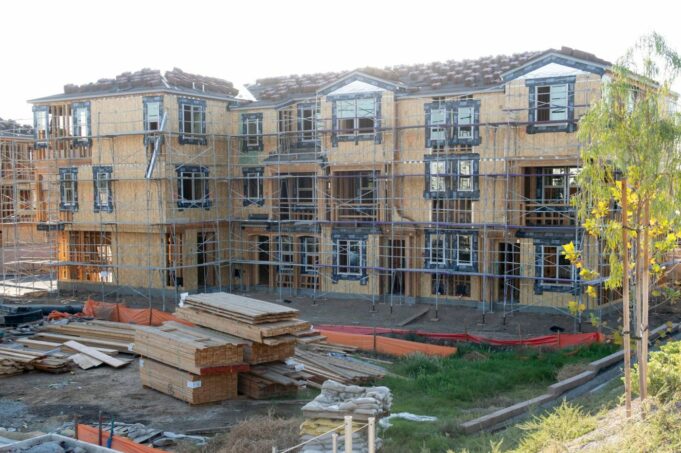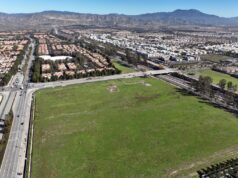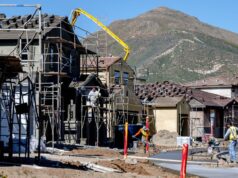Marc Joffe
Many Southern California cities are struggling to implement state mandates to increase housing production. Yet while the state needs more housing, it is politically challenging to squeeze more units into fully built out cities whose residents are accustomed to single family homes.
To thread the needle, governments should encourage new dense developments in unincorporated areas.
As the Register reported last month, most southern California cities missed a deadline to secure state approval for new, more permissive zoning plans. Last year, Huntington Beach lost a court battle against state housing mandates after incurring millions of dollars of litigation costs.
While state government likely has the legal and financial resources to ultimately force local compliance in most cases, the inevitable foot dragging will delay needed increases in housing supply.
To accelerate progress, the state should consider giving counties the option to meet a portion of their cities’ Regional Housing Needs Allocation by authorizing projects in unincorporated areas. While it is true this approach will lead to development on land currently zoned for open space or agriculture, the amount of land that would need to be rezoned could be limited by building relatively dense communities on these land parcels.
It may seem counterintuitive to build dense communities in unincorporated areas that are relatively far from rail lines and workplaces. But such communities may be attractive to the growing ranks of remote workers and retirees around the state.
Historically, high density residential development has been associated with urban downtowns and transit-oriented development. Residents in these settings can walk or ride to their workplaces without relying on cars and the greenhouse gases they produce.
But with the rise of remote work, it may be possible to create dense, walkable communities relatively far from existing downtowns or rail lines. During the COVID-19 pandemic, many employees started working from rural areas in such “Zoom towns” as Bozeman, Montana, Jackson Hole, Wyoming, Truckee, California, and New York’s Hudson Valley. If they can work productively from such far-flung locations, employees could also work in rural portions of suburban counties.
Meanwhile, a growing proportion of California’s baby boomers is entering retirement. Many of the new retirees are leaving the state in search of lower housing costs. Some may welcome the option to remain in California, albeit with less space, to be near children and grandchildren.
Clusters of midrise apartment buildings and townhouses with such onsite amenities as restaurants, coffee shops, gyms and coworking spaces located in rural parts of suburban counties should be attractive to many remote workers and their families, as well as empty nest retirees, especially if priced at a substantial discount to comparable units in nearby cities. These new communities would be surrounded by open space, yet they would be close enough to corporate offices to permit one or two days of commuting per week.
Although not on a rail line, they could be readily served by coaches which would have adequate capacity for workers commuting less frequently. Retirees could also use these buses to visit cities, connect with family and attend medical appointments.
To err is human, but to really foul up a rental market requires rent control
While other southern California counties have more unincorporated areas that could be rezoned for relatively dense projects, Orange County has land along the Foothill Transportation Corridor (CA-241) and Ortega Highway (CA-74).
The latter area already hosts a relatively dense development, offering proof that this concept is practical. Rienda Village at Rancho Mission Viejo is being developed in an unincorporated area of Orange County just five miles from San Juan Capistrano. The project includes one- and two-bedroom flats priced from the low $500s, which is relatively affordable by area standards.
If counties let developers create additional dense villages in their unincorporated areas while limiting red tape and permitting fees, California could have more market-rate housing, at more affordable market rates.
Marc Joffe is a policy analyst at the Cato Institute focusing on state policy issues.











